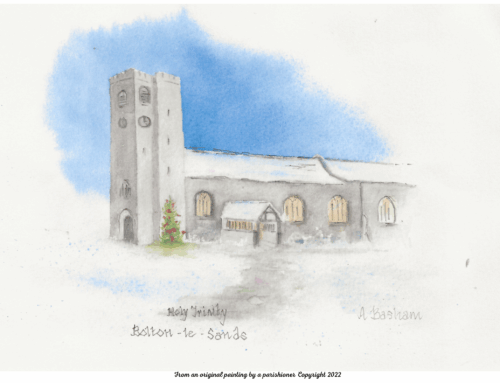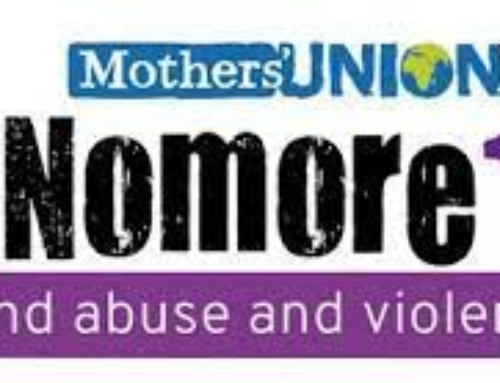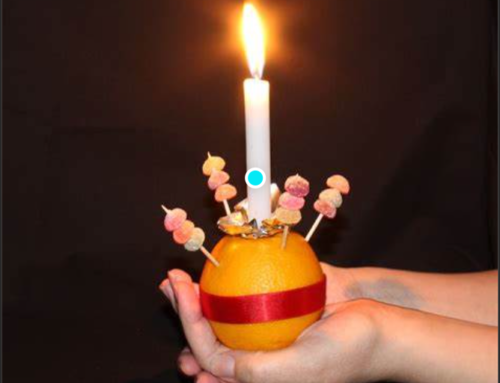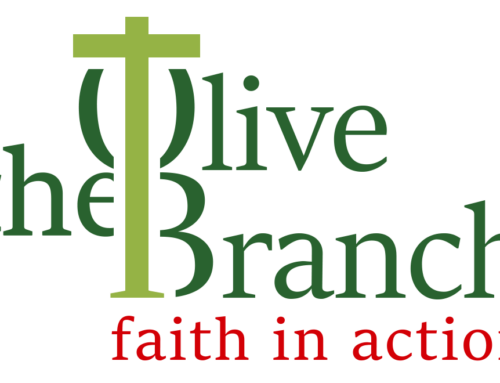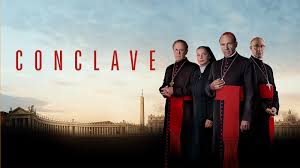
Conclave comes from a Latin word meaning “room that can be locked up” (from the Latin com-, “together,” and clavis, “key”). The English conclave formerly had the same meaning, but that use is now obsolete. Today, conclave refers not to the locked rooms but to the private meetings and secret assemblies that occur within them. The meaning of conclave has also expanded to include gatherings that are not necessarily secret or private but simply involve people with shared interests.
A papal conclave is a gathering of the College of Cardinals convened to elect the bishop of Rome, also known as the pope. Catholics consider the pope to be the apostolic successor of Saint Peter and the earthly head of the Catholic Church.[1] It is the oldest historical method of electing a particular head of state that remains in use to the present day.
Concerns around political interference led to reforms after the interregnum of 1268–1271and Pope Gregory X‘s decree during the Second Council of Lyons in 1274 that the cardinal electors should be locked in seclusion cum clave (Latin for ‘with a key’) and not permitted to leave until a new pope had been elected.[2] Conclaves are now held in the Sistine Chapel of the Apostolic Palace in Vatican City.[3]
Since the Apostolic Age, the bishop of Rome, like other bishops, has been chosen by the consensus of the clergy and laity of the diocese.[4] In 1059, the body of electors was more precisely defined, when the College of Cardinals was designated the sole body of electors.[5] Since then, other details of the process have developed. In 1970, Pope Paul VI limited the electors to cardinals under 80 years of age in Ingravescentem aetatem. The current procedures established by Pope John Paul II in Universi Dominici gregis[3] were slightly amended in 2007 and 2013 by Pope Benedict XVI.[6]
A two-thirds supermajority vote is required to elect the new pope.[7][8] The most recent papal conclave occurred in 2013, during which time Jorge Mario Bergoglio was elected as Pope Francis, following the resignation of Pope Benedict XVI. Following the death of Pope Francis on 21 April 2025, a papal conclave is set to begin by 7 May. It may start earlier if all cardinal electors have arrived in Rome. It must start before or on 11 May because of Pope Benedict XVI‘s normas nonnulas, stating that a conclave should start at least 15-20 days after the seat becomes vacant.[9] (Courtesy of Wikipedia)
A Great Watch “Conclave”.
CONCLAVE follows one of the world’s most secretive and ancient events — selecting the new Pope. Cardinal Lawrence (Ralph Fiennes) is tasked with running this covert process after the unexpected death of the beloved Pope. Once the Catholic Church’s most powerful leaders have gathered from around the world and are locked together in the Vatican halls, Lawrence uncovers a trail of deep secrets left in the dead Pope’s wake, secrets which could shake the foundations of the Church.



